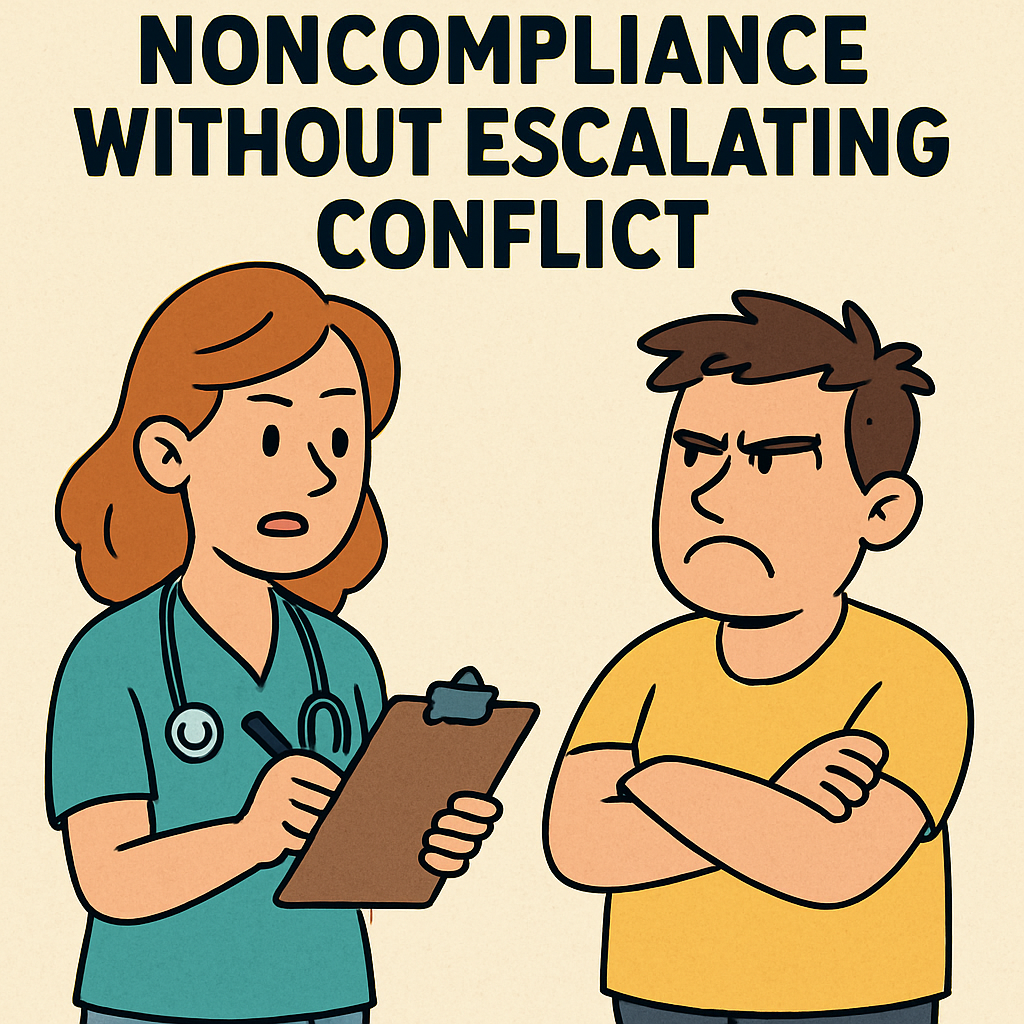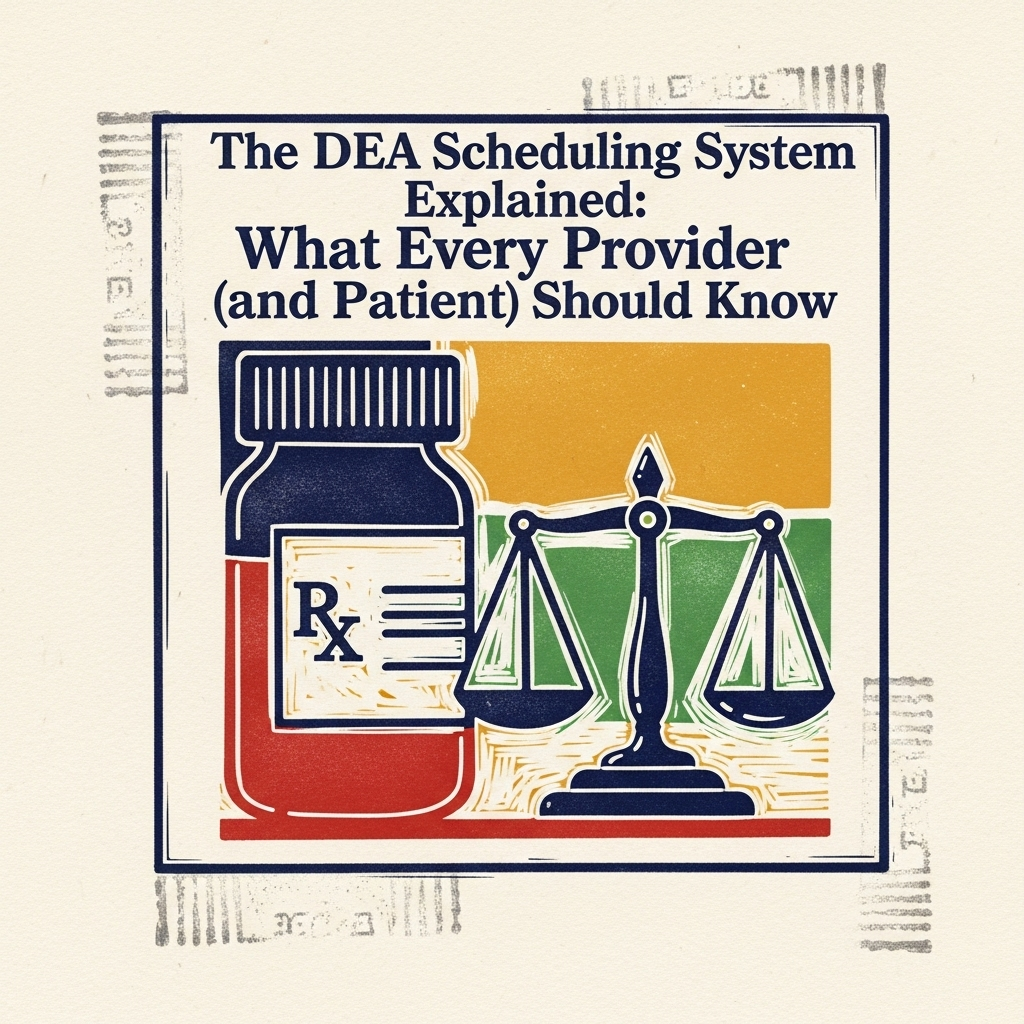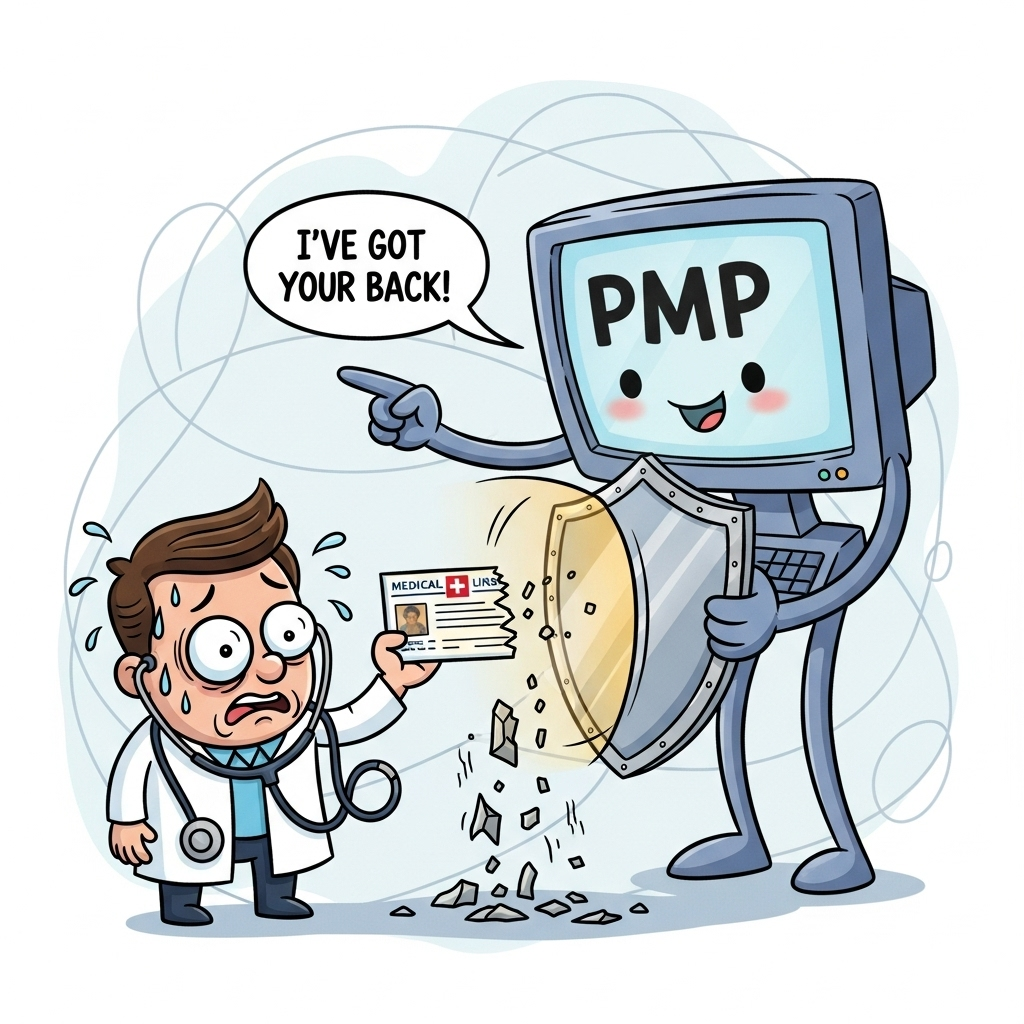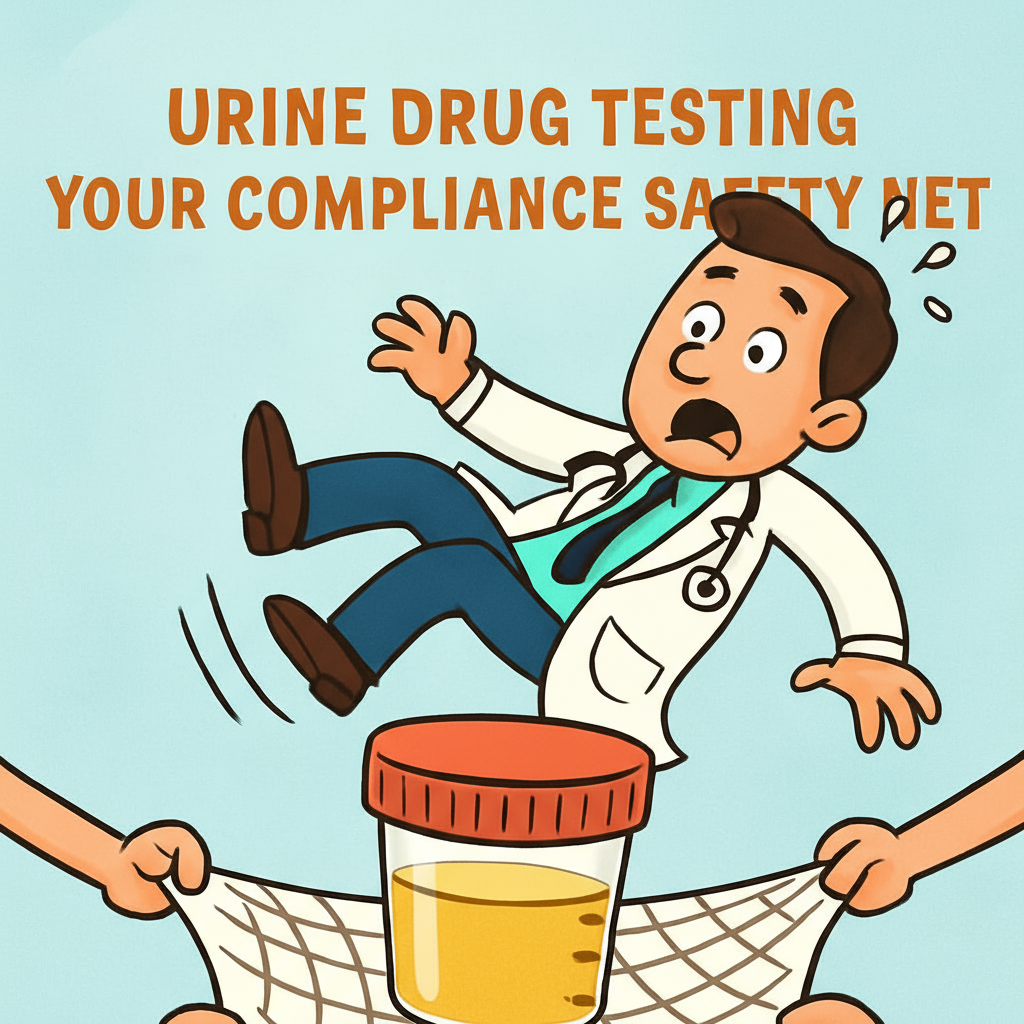
Documenting Noncompliance Without Escalating Conflict
Doug Jorgensen
April 9, 2025
Introduction: Documentation as a Compliance Tool
When a patient doesn’t follow your controlled substance policy—misses a pill count, skips a urine drug test, fails to keep appointments—it must be documented.
The challenge? Recording these incidents in a way that is factual, defensible, and non-inflammatory.
Your documentation should protect your license and your relationship with the patient.
Why Documentation Matters
- Regulatory Protection – In an audit, clear records show you acted according to policy.
- Legal Defense – Detailed, objective notes can protect against complaints or lawsuits.
- Continuity of Care – Other providers need to understand what occurred and why.
- Consistency – Supports fair enforcement of policies across patients.
Step 1: Stick to the Facts
- Record what happened, not your emotional reaction to it.
- Avoid judgmental or subjective language.
- Example:
- Good: “Patient did not present for scheduled urine drug test on 4/10/25. Attempted contact via phone; voicemail left.”
- Bad: “Patient irresponsibly skipped drug screen without excuse.”
- Good: “Patient did not present for scheduled urine drug test on 4/10/25. Attempted contact via phone; voicemail left.”
Step 2: Reference Policies, Not Personal Opinion
- Connect the incident to the written compliance policy or controlled substance agreement.
- Example: “Per clinic policy, patients on long-term opioid therapy must complete quarterly urine drug testing.”
Step 3: Document Communication
- Record exactly what was said to the patient and their response.
- Include whether the patient verbalized understanding.
- Example: “Patient informed that missing a pill count may result in discontinuation of medication. Patient stated they understood.”
Step 4: Include Follow-Up Actions
- Describe what steps were taken after the incident.
- Example: “Follow-up appointment scheduled to discuss adherence to treatment agreement.”
Step 5: Avoid Escalating Language
- Skip terms like “noncompliant” in favor of “did not meet agreed-upon requirements” or “missed scheduled monitoring activity.”
- Use neutral, clinical wording to reduce patient defensiveness if records are shared.
Step 6: Document Patterns
- A single missed step may be minor; repeated incidents show a pattern.
- Maintain detailed, chronological notes to document noncompliance, highlighting both escalation and intervention. Utilize timestamps in electronic health records (EHR) or written documentation to accurately record the timing of infractions and reconstruct events..Document noncompliance chronologically, detailing escalation and intervention. Use timestamps in EHR or written notes to record infractions and reconstruct events accurately.
Common Mistakes to Avoid
- Editorializing – Avoid speculating about motives (“Patient was avoiding testing because…”) unless confirmed.
- Incomplete Notes – Failing to record time, date, and method of communication can undermine credibility.
- Inconsistency – Documenting thoroughly for some patients but not others invites scrutiny.
Benefits of Neutral, Detailed Documentation
- Creates a defensible record for audits and legal challenges.
- Supports fair enforcement of clinic policies.
- Keeps the focus on patient safety and policy adherence.
- Reduces tension in ongoing provider–patient interactions.
Final Thoughts: Protect the Relationship and the Record
Documentation doesn’t have to inflame conflict.
By keeping your notes factual, policy-based, and consistent, you safeguard your practice while maintaining a professional rapport with the patient.
Think of your documentation as your silent witness—it should speak clearly and calmly on your behalf.
About the Author
Douglas J. Jorgensen, DO, CPC, FAAO, FACOFP
Dr. Doug is a physician, consultant, and national educator on healthcare compliance, controlled substance policy enforcement, and documentation best practices. He helps providers create records that withstand regulatory scrutiny without damaging patient trust.


